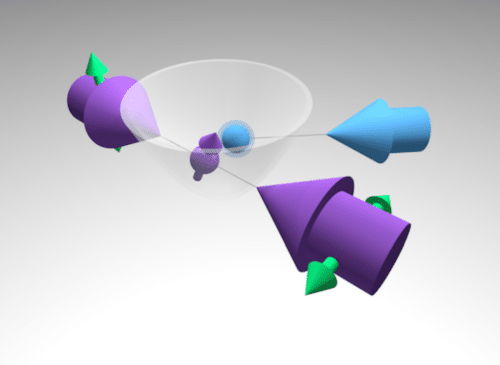A quantum simulation of electron transfer could change energy systems, electronics, and quantum computing. Learn more!

Researchers at Rice University have made a breakthrough in simulating molecular electron transfer, a key process in many physical, chemical, and biological systems. The study describes how they used a trapped-ion quantum simulator to precisely model electron transfer dynamics. This opens new avenues for research in fields like molecular electronics and photosynthesis.
The team overcame the challenges of modelling electron transfer, which is essential in processes like cellular respiration and plant energy harvesting. Electron transfer involves complex quantum interactions, which current computational methods often struggle to simulate. The team developed a quantum system capable of controlling factors in electron transfer, such as energy gaps, electronic and vibronic couplings, and environmental dissipation.
Using an ion crystal trapped in a vacuum and manipulated by laser light, the researchers could simulate real-time spin dynamics and measure transfer rates across various conditions. This work supports critical quantum mechanical theories and offers insights into light-harvesting systems and molecular devices.
The team reached a milestone by replicating a standard model of molecular electron transfer using a programmable quantum platform. By carefully engineering tunable dissipation, the researchers explored both adiabatic and nonadiabatic electron transfer regimes, showing how these quantum effects work under different conditions. Their simulations also identified optimal conditions for electron transfer, similar to the energy transport mechanisms in natural photosynthetic systems.
The implications for practical applications are extensive. Understanding electron transfer processes at this level could lead to advances in renewable energy technologies, molecular electronics, and the development of new materials for quantum computing.
The team plans to expand its simulations to include more complex molecular systems, such as those involved in photosynthesis and DNA charge transport. They also aim to explore the role of quantum coherence and delocalization in energy transfer, using the unique capabilities of their quantum platform.






